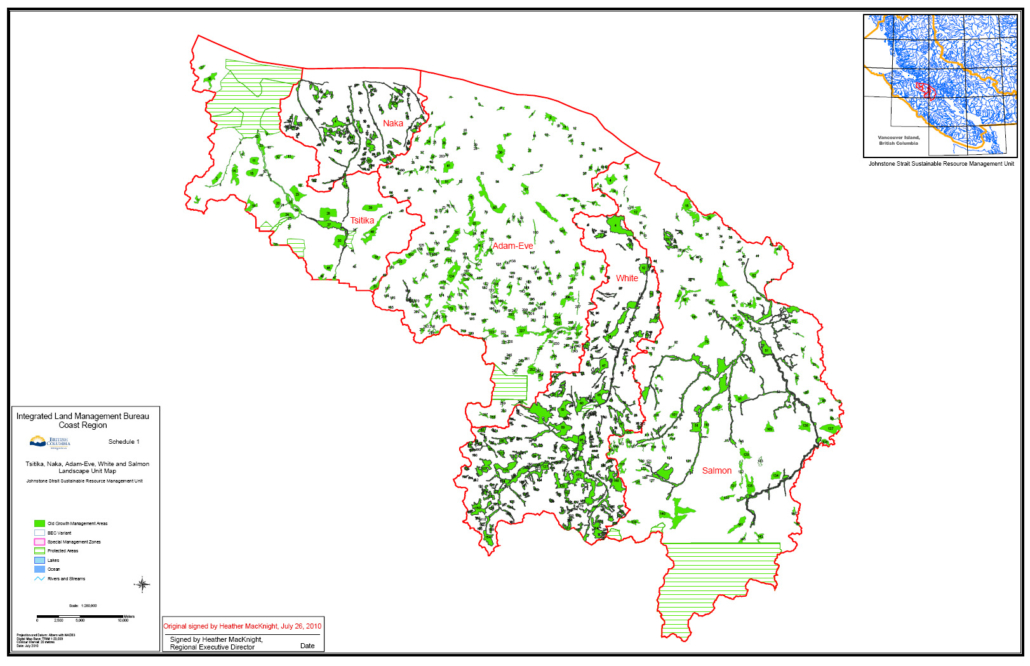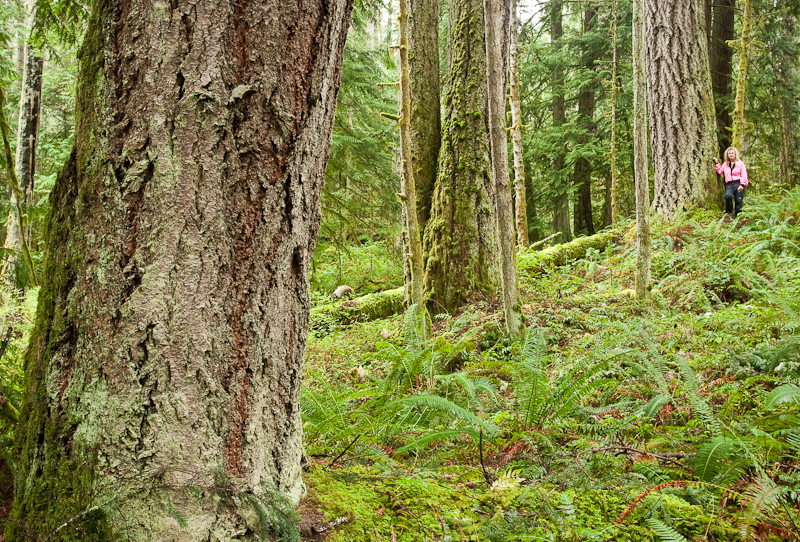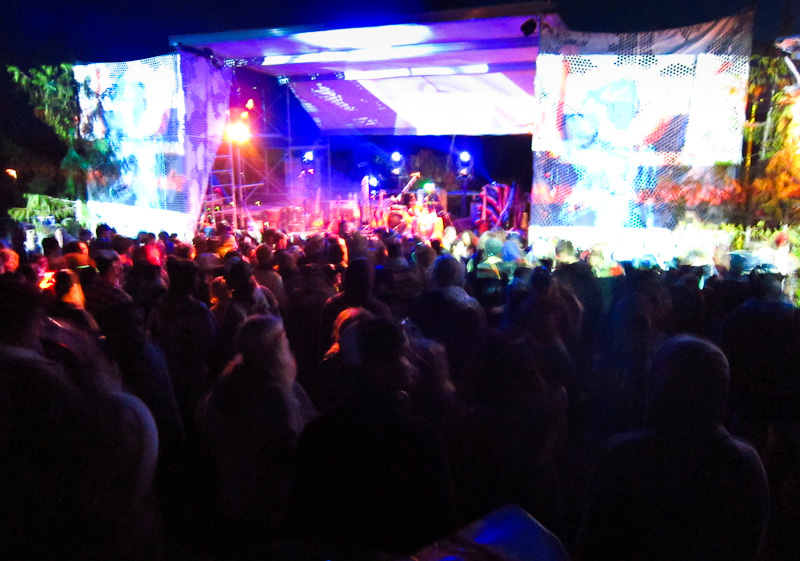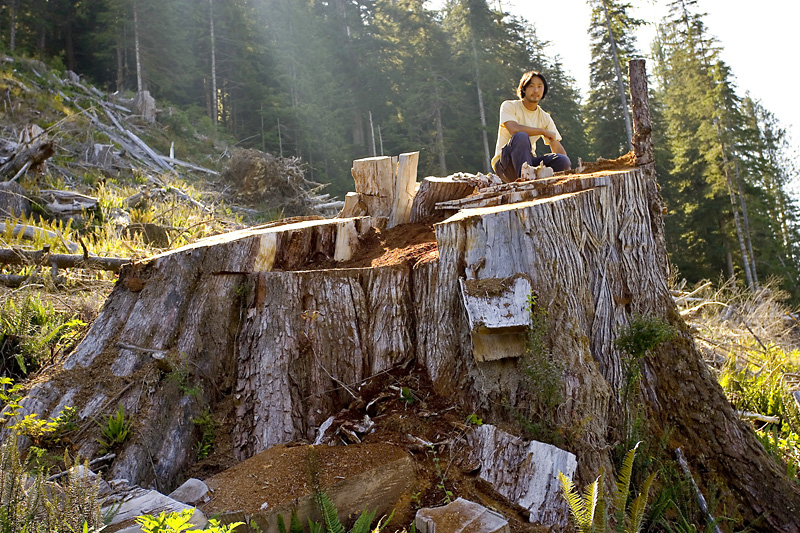Avatar Grove, the Cathedral Grove of Port Renfrew, under increasing threat due to BC Government intransigence
The BC Ministry of Forests and Range recent rejection of the Port Renfrew Chamber of Commerce's and the Sooke Regional Tourism Association's request that the Avatar Grove near Port Renfrew be spared from logging has the Ancient Forest Alliance preparing for a ramped-up battle. The organization already has over 2000 members on its “Save the Avatar Grove” Facebook Group and 7000 members on its main Facebook Groups, and will be working to ramp-up membership in the Avatar Grove Group in preparation for a future “Ancient Forest Week of Action” of protests, events, and rallies (dates to be announced) at various BC government offices in numerous communities.
B.C. chops down bid to protect ‘Avatar Grove’
Big trees would bring more money into Sooke and Port Renfrew than logging a unique, old-growth grove, community groups have told the provincial government.
But the province is refusing to budge from its position that sufficient old growth has already been protected in that area.

Old-growth protection boosted
The province is almost doubling the amount of Vancouver Island old-growth forest protected from logging and development.
More than 38,700 hectares on northern and north-central Vancouver Island will be designated as old-growth management areas, meaning the trees cannot be cut.

Saving Our Forest Giants
Port Renfrew is the furthest outpost of my riding. It is a land of extraordinary beauty with mountains that hug a rugged coastline, rivers that run through deep valleys, and a land that harbours significant biodiversity. This area also contains some of the oldest and most majestic living things on our planet. In the area of the Gordon River Valley and further north in the upper Walbran Valley are some of the largest trees on the planet. A few weeks ago, I went into this remote area with a small team from the Ancient Forest Alliance to document these giant Western Red Cedars, Sitka Spruce and Douglas Fir that jut out of the surrounding valley floors like spires from cathedrals.
MP Keith Martin wants to expand Pacific Rim park
The Ancient Forest Alliance (AFA) is supporting Member of Parliament (Esquimalt- Juan de Fuca) Keith Martin’s proposal to extend Pacific Rim National Park Reserve’s boundaries to protect adjacent endangered forests, including the grandest stands of old-growth trees in Canada.

Endangered forest turns into Island battleground
The fate of a small patch of endangered Vancouver Island forest has put local residents and politicians at odds with the province and a First Nations band.
The Snaw-naw-as First Nation has been issued a one-time forest licence by the province to cut 15,000 cubic metres of wood west of Nanoose Bay to raise much-needed cash -- even though the rare remnant of endangered coastal Douglas fir forest contains endangered plants and animals.

Inaugural Tall Trees Music Festival grows deep roots
The streets of Toronto were lit up by burning police cars on the weekend of June 26. But back on the Island, music fans were lighting other things as they danced to the music of Jon and Roy, Current Swell, the Racoons, DJ Tedder, Listening Party and other local acts at the first ever Tall Trees Music Festival.

Forestry agency has no guidance on conflict over Douglas fir stand
The provincial forestry watchdog agency agrees the province should allow a mature coastal Douglas fir forest in Nanoose to be logged, but stops short of saying how it can be done.
The Forest Practices Board investigated a complaint against the B.C. Forests Ministry for issuing a woodlot licence for District Lot 33, a 64-hectare property containing rare coastal Douglas fir forest in Nanoose Bay.

Trees and Bikes: The Big Tree Tour
The Big Tree Tour is a fundraising ride started by four friends who happen to be very passionate about the work the Ancient Forest Alliance is doing. “We also like riding bikes,” said Big Tree Tour organizer and rider Leroy Nixon. The purpose of the tour is to raise awareness about the preservation of our ancient forests through ecotourism and human-powered travel.

Ancient forests and new advocates
Canada is among the last of the developed nations that logs its old-growth forests. In the US, the vast majority of logging takes place in second-growth stands, while Europeans log second- and third-growth forests. Southwestern Australia halted the logging of its old-growth forests six years ago, as did New Zealand in the year 2000.
